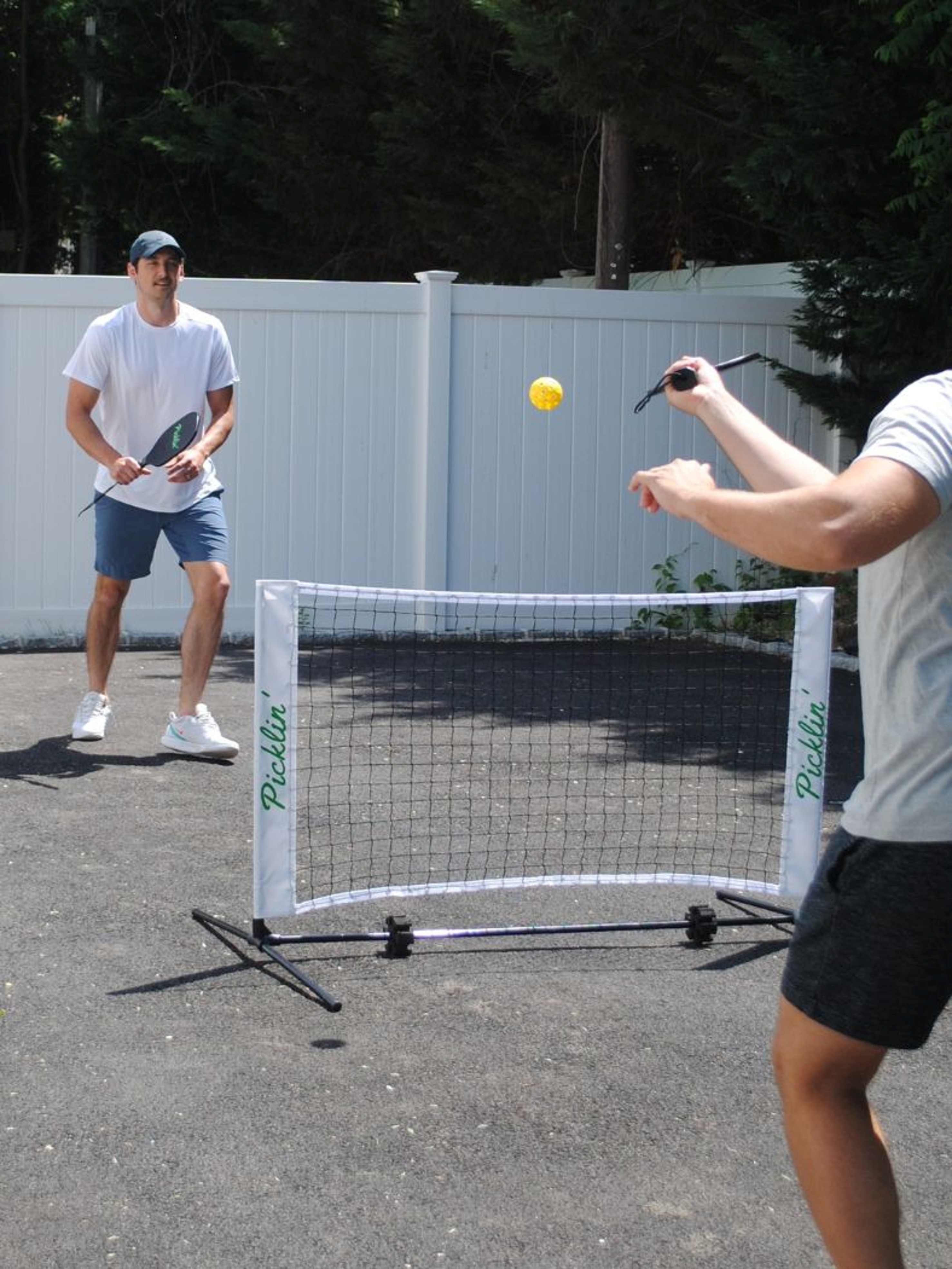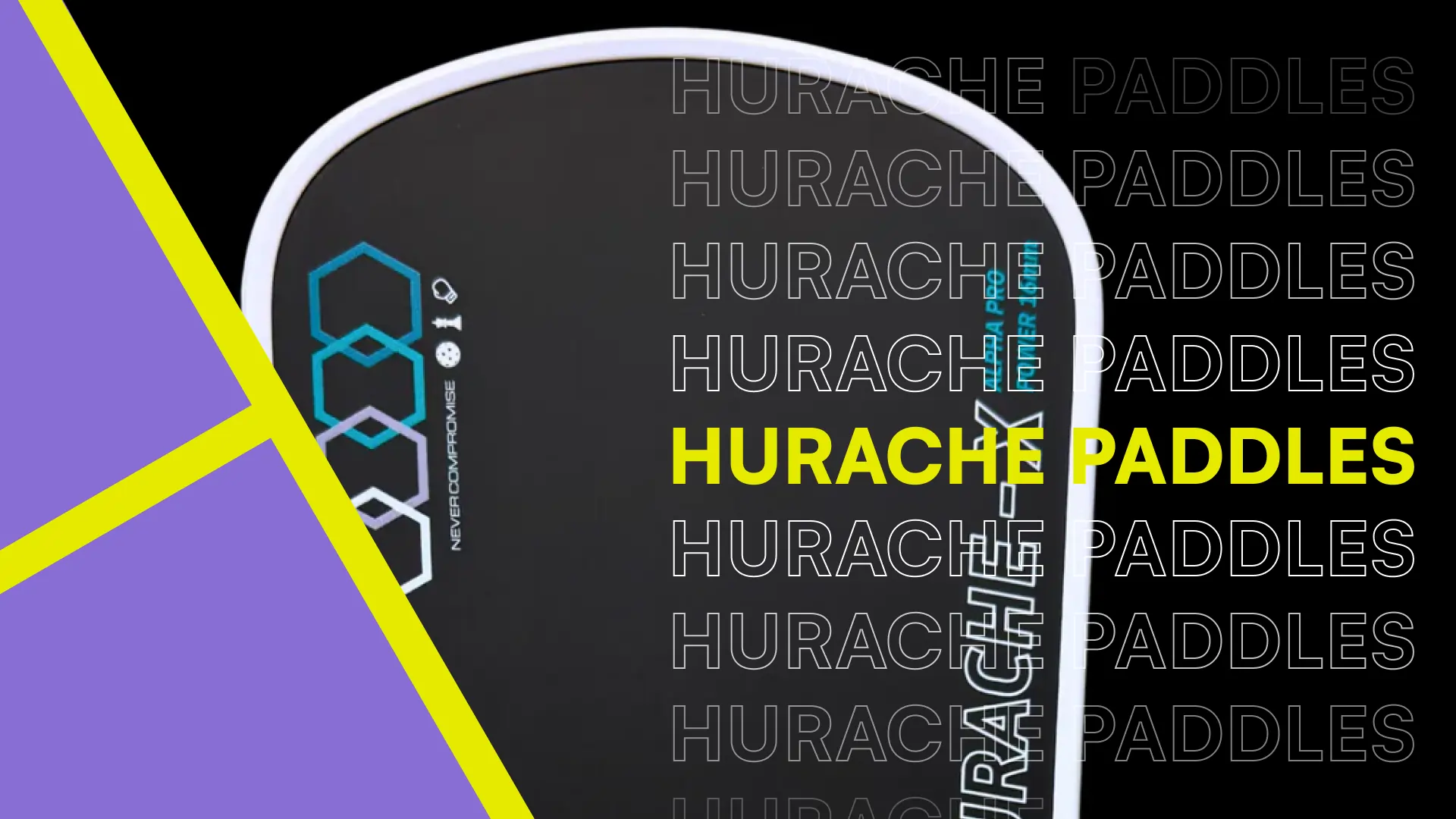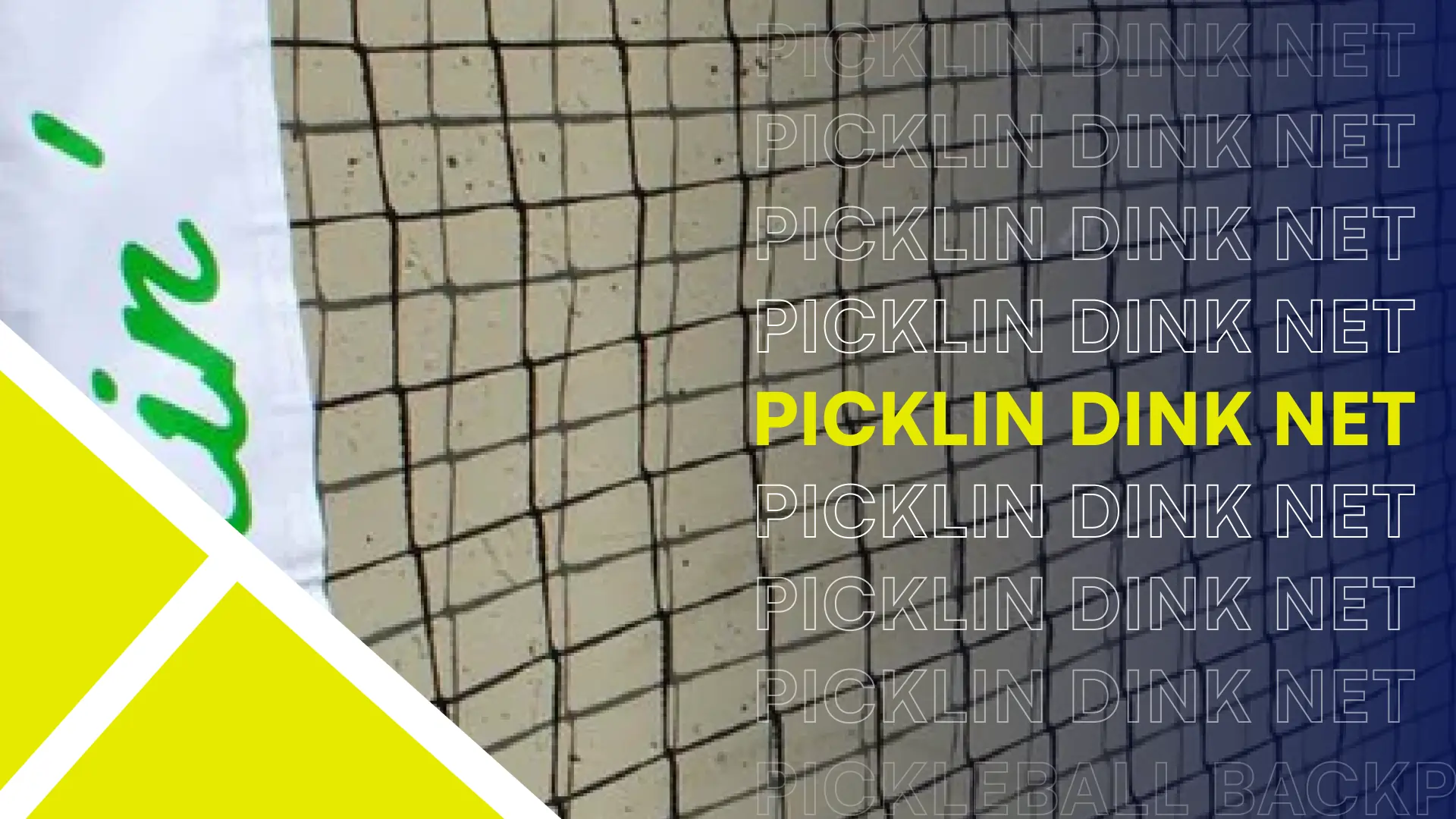New DUPR Pickleball Explained: How the July 2025 Algorithm Update Changes Everything

Pickle friends, new DUPR rules explained is the phrase flooding group chats right now. say that five times fast and you’ll still only scratch the surface of what happened on July 8 2025. On that Tuesday morning, while most of us at 11 PICKLES were busy arguing over whether a honey dill pickle tastes better than a classic garlic spear, DUPR quietly pushed an algorithm update that nuked the old win‑loss rating system and replaced it with a point‑by‑point “performance‑vs‑expectation” model. By lunch, club WhatsApps were buzzing, Reddit was melting, and my phone had 37 texts that all boiled down to one anxious question:
“Did I just drop rating points after winning my league match?!”
Yes, friend, you probably did. Let’s break down why that’s not the end of your pickleball dreams, how to game the new math (ethically!), and what it means for the future of rec ladders, tournament seeding, and your bragging rights at brunch.
What Is DUPR, and Why Should You Care?
DUPR stands for Dynamic Universal Pickleball Rating. It rhymes with super, and it's the official pickleball rating system. It's measure on a global scale from 2.000 (just learned the kitchen rule) to 8.000 (tour‑level monster). It logs everything from Tuesday‑night rec games to Major League Pickleball showdowns. It already tracks 1 million+ players worldwide and counting.
“DUPR’s mission is to rate every player on the planet with a single number.” — Steve Kuhn, DUPR founder
Unlike USA Pickleball’s UTPR (tourney‑only) or club‑specific Elo charts, DUPR follows you everywhere: league, ladder, or backyard beat‑downs with your cousin from Boise. That universality is both its superpower and, depending on who you ask, its downfall.
The July 2025 Plot Twist in Plain English
Before: Win or lose decided everything. Beat a 4.0? Up you go. Lose to a 3.5? Down the chute. Point spread barely mattered.
Now: Every single rally is scored against what the algorithm expected you to snag. Outperform those expectations and your rating climbs, even in defeat. Under‑perform and your number dives, even in victory.
Quick Math Snapshot
- Expected Score is calculated from both teams’ average ratings. A 0.1 DUPR gap ≈ 1.2 points in an 11‑point game.
- Point Differential vs. that prediction moves your rating up or down instantly.
- All shifts happen only for matches logged after July 8 2025. Your historic wins (and heartbreaks) are frozen in amber.
Real‑Life Scenarios (Because Examples > Theory)
“I lost 9‑11 to a 4.0 and still gained points. Witchcraft!” — Kara, 3.5 league captain, quoted courtside at Santa Monica Rec
- Singles: You’re a 3.5; your buddy’s a 4.0. Expected score = 5‑11. Final score = 9‑11. You over‑performed by 4 points → rating bump.
- Doubles: Team A (4.5/4.3) vs. Team B (4.0/4.0). Expected = 11‑5 to Team A. Final = 11‑8. Team A under‑performed by 3 → small drop. Team B over‑performed → sweet, unexpected lift.
Yes, that means you can celebrate the ‘W’ and still watch your DUPR sink faster than a dead dink. Painful? Absolutely. Fair? The data scientists at DUPR swear by it.
The new DUPR model rewards precision over luck, and that starts with practice. Tools like the Picklin Dink Net make it easy to sharpen your control and consistency anywhere, from your garage to your office hallway.
Use code 11PICKLES at checkout for an exclusive discount!
Why Did DUPR Risk the Riot?
- Accuracy – Internal testing showed point‑level analysis predicts future results better than binary outcomes.
- Anti‑Sandbagging – Higher‑rated players farming easy wins now get dinged for coasting.
- Fairness – Underdogs finally earn credit for keeping it close.
- Speed – Ratings update within minutes, not days.
DUPR CEO Tito Machado didn’t mince words on LinkedIn:
“Yesterday we risked the status quo. We disrupted the peace, shook the market, and I’ll be honest—this wasn’t an easy call. As CEO, it was risky. For me, for the team, for the company.”
How the Community Is Reacting
The Cheers
Tournament grinders love that every rally matters. Rising 3.5s appreciate a quicker path to an honest rating. And more than a few club captains say the change finally shuts down “rating protectors” who cherry‑pick weak opponents.
The Groans
Rec players hate dropping after a win. 4.5+ athletes feel pressured to crush lower brackets or avoid them altogether. Stat nerds worry that 11‑point games are too short for truly stable data.
Online forums read like family dinner, half the table is applauding, the other half is ready to flip it.
Strategy Tweaks for Every Rating Band
Tips for 4.5s and Above
Finish what you start. Leading 10‑4? Close 11‑4. Late‑game laziness now costs rating. Schedule weekly sets against equal or stronger players to keep upside alive. And remember your partner’s number in mixed—expectations rise or fall with them.
Climbing from 3.5 to 4.0
Enter that tougher ladder. A gritty 8‑11 loss to a 4.5 can launch you faster than a comfy win in your own division. Log every match and focus on side‑out pressure; each bonus rally above the prediction is pure rating gold.
Brand‑New Players (2.5‑3.0)
Bank twenty matches fast, DUPR’s own docs say reliability skyrockets after that. Ignore the early yo‑yo; the algorithm’s figuring you out. Need a primer? Check our guide on how to get a DUPR rating.
Pros, Cons, and the Bigger Picture
The Upside: A truer snapshot of skill, fewer sandbaggers, and matches that stay meaningful at 10‑2 or 2‑10.
The Downside: Winning no longer guarantees a dopamine hit, strong players may dodge weaker ones, and short games amplify luck. Whether the benefits outweigh the headaches depends on how much you trust the math.
Where Rally Scoring Fits In
Pro team events already use rally scoring to 21. DUPR’s formula doesn’t officially toggle for rally versus side‑out yet, but insiders tell 11 PICKLES that separate coefficients are being A/B tested. Translation: if rally scoring invades rec play, expect another tweak—and more group‑chat chaos.
What’s Next for Ratings Wars
Transparency is the new arms race. Competitors like UTR‑P promise open‑source math; DUPR hints at publishing more details. Club software is scrambling to sync live APIs. And because merch moves faster than algorithms, our “Every Point Counts” dri‑fit tees drop next week.
For a deeper dive into competing systems, bookmark our pickleball rating system explainer, it pairs nicely with a post‑match pickle juice mocktail.
Final Dill‑Down
July 2025’s update is more than a patch; it’s a philosophical shift that values quality of points over quantity of wins. Will it stick? Time—and millions of logged rallies—will tell. In the meantime, treat every serve like it matters, because now the algorithm agrees.
And when the rating roller‑coaster makes you dizzy, swing by 11 PICKLES. We’ll have fresh analysis, questionable pickle puns, and maybe—just maybe, the secret to topping your arch‑nemesis without losing your mind or your points.
See you in the kitchen.
If every point counts, practice like it. The DUPR update proves that improvement happens rally by rally. Whether you’re grinding to hit 4.0 or defending your 5.0, the Picklin Dink Net helps you stay sharp between matches, no court reservation required. Set it up, rally it out, and let the algorithm see the difference.








